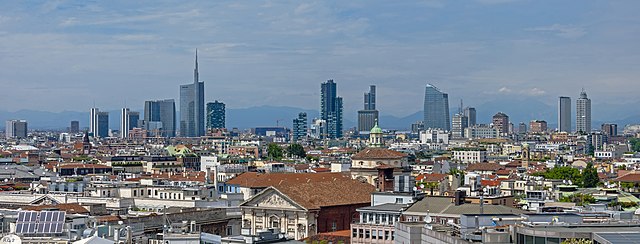Land use planning is the process of regulating the use of land by a central authority. Usually, this is done to promote more desirable social and environmental outcomes as well as a more efficient use of resources. More specifically, the goals of modern land use planning often include environmental conservation, restraint of urban sprawl, minimization of transport costs, prevention of land use conflicts, and a reduction in exposure to pollutants. In the pursuit of these goals, planners assume that regulating the use of land will change the patterns of human behavior, and that these changes are beneficial. The first assumption, that regulating land use changes the patterns of human behavior is widely accepted. However, the second assumption - that these changes are beneficial - is contested, and depends on the location and regulations being discussed.
Suburban development near Colorado Springs, Colorado, United States
Gravel quarry at Ottenhoefen im Schwarzwald, Germany. Residential and industrial usage abut with no buffer zone.
Aerial view of Rosslyn-Ballston corridor in Arlington, Virginia. High density, mixed use development is concentrated within ¼–½ mile from the Rosslyn, Court House and Clarendon Washington Metro stations (shown in red), with limited density outside that area. This photograph is taken from the United States Environmental Protection Agency website describing Arlington's award for overall excellence in smart growth in 2002 — the first ever granted by the agency.
Milan, Italy.
Land use involves the management and modification of natural environment or wilderness into built environment such as settlements and semi-natural habitats such as arable fields, pastures, and managed woods. Land use by humans has a long history, first emerging more than 10,000 years ago. It has been defined as "the purposes and activities through which people interact with land and terrestrial ecosystems" and as "the total of arrangements, activities, and inputs that people undertake in a certain land type." Land use is one of the most important drivers of global environmental change.
Habitat fragmentation caused by numerous roads near the Indiana Dunes National Lakeshore
The citadel of Kastellet, Copenhagen that has been converted into a park, showing multiple examples of suburban land use
Imaging by NASA of the effects of deforestation on rainfall in Brazil, an example of land change science modeling







